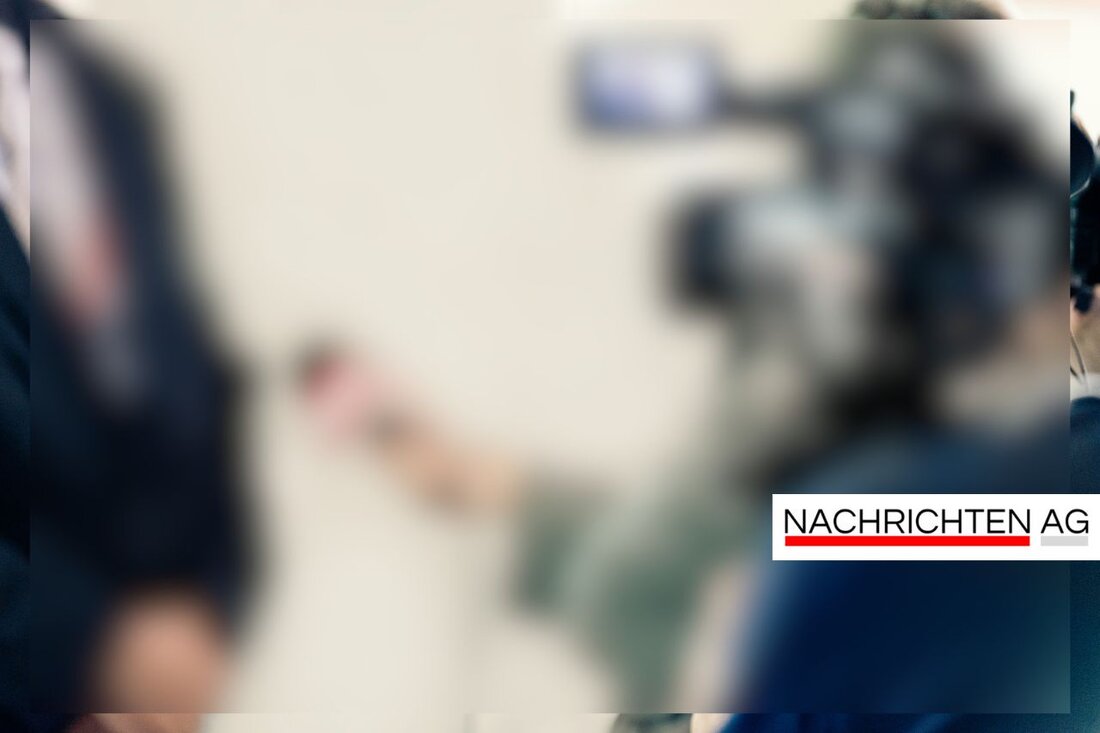Invasive species: Nutrias endanger dikes and biodiversity in SH!
Invasive species are spreading in Schleswig-Holstein, endangering ecosystems and requiring effective control measures.

Invasive species: Nutrias endanger dikes and biodiversity in SH!
In Schleswig-Holstein, the spread of invasive species such as the Asian hornet, the raccoon, the raccoon dog and the nutria is increasingly causing unrest. These alien plants and animal species are not only spreading throughout nature, but are also endangering the delicate ecosystem and local wildlife. The situation is particularly worrying in Elmshorn, where nutrias are causing dikes to shake by digging deep burrows in bank embankments. These animals also eat large quantities of aquatic and riparian plants, which severely impacts the habitat for fish and amphibians. According to [NDR].
The statistics are alarming: In the last hunting year, almost 12,000 raccoon dogs, almost 3,000 raccoons and around 7,300 nutrias were shot. The latter more than doubled in number in those two years. The state hunting association is calling for more support from the state government to combat the invasive threat. Despite the challenges posed by the fight, various measures have already been taken to contain the invasion. It remains to be hoped that the complex management measures, such as targeted hunting and the construction of fences, can be effective.
Nutrias: A Growing Threat
The nutria, also known as the South American swamp beaver, is no longer just an exotic sight in German waters. These animals prefer to live in oxbow lakes of rivers and on dyke embankments, where they raise their young in meter-long tube systems. As the Schleswig-Holstein State Hunting Association reports, the nutria's earthworks pose a particular challenge for water and soil associations because they cause damage to bank embankments, which has already been documented. Property owners in particular have to worry about this damage, but the Schleswig-Holstein Marsh Association is calling for intensive hunting to stop the threat.
From January 26, 2024, year-round hunting of nutria is officially permitted, meaning hunters are now allowed to hunt these animals using night vision technology. This could help control the population. On average, a female nutria can have around five young up to three times a year, which further promotes reproduction.
Ecological threats and measures
Scientists and conservationists warn that invasive species like the nutria have a major impact on the ecological balance in Brandenburg and beyond. This happens not only through their feeding habits, which displace native species, but also through the transmission of diseases that can be dangerous for both humans and animals. A story based on the Schleswig-Holstein state government makes it clear that invasive species pose a significant threat to biodiversity, especially since many of them thrive outside their natural distribution areas and have negative effects there. The loss of native biodiversity is not just a cosmetic flaw, but a serious threat to the stability of the entire ecosystem.
Combating invasive species is a task for society as a whole that is also on the international political agenda. Combating it through targeted management strategies should therefore continue to be the focus. It remains to be hoped that awareness of this problem will grow among the general public and that everyone will do their part, for example by not feeding invasive species and reporting animals that have already been spotted.

 Suche
Suche
 Mein Konto
Mein Konto